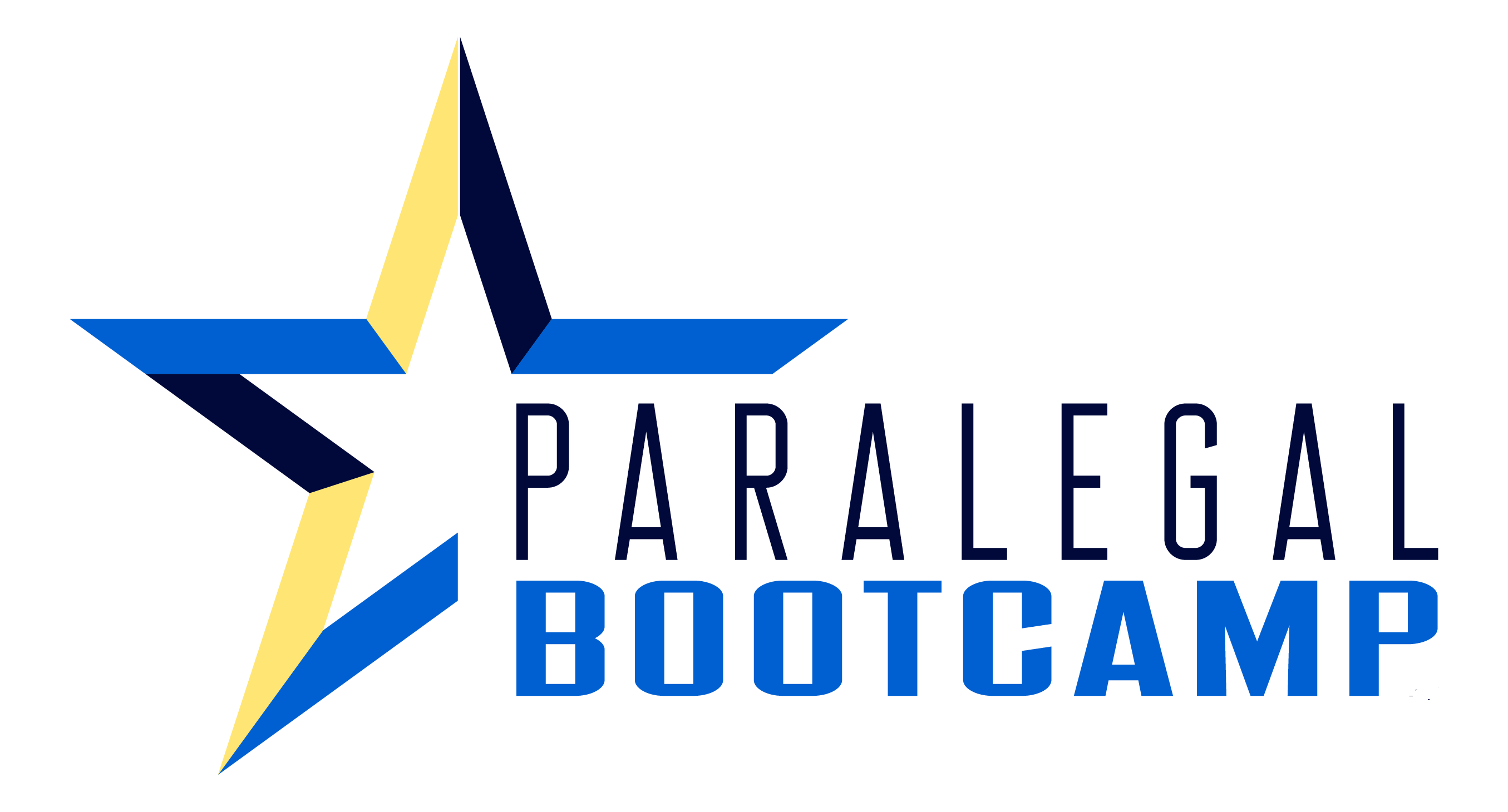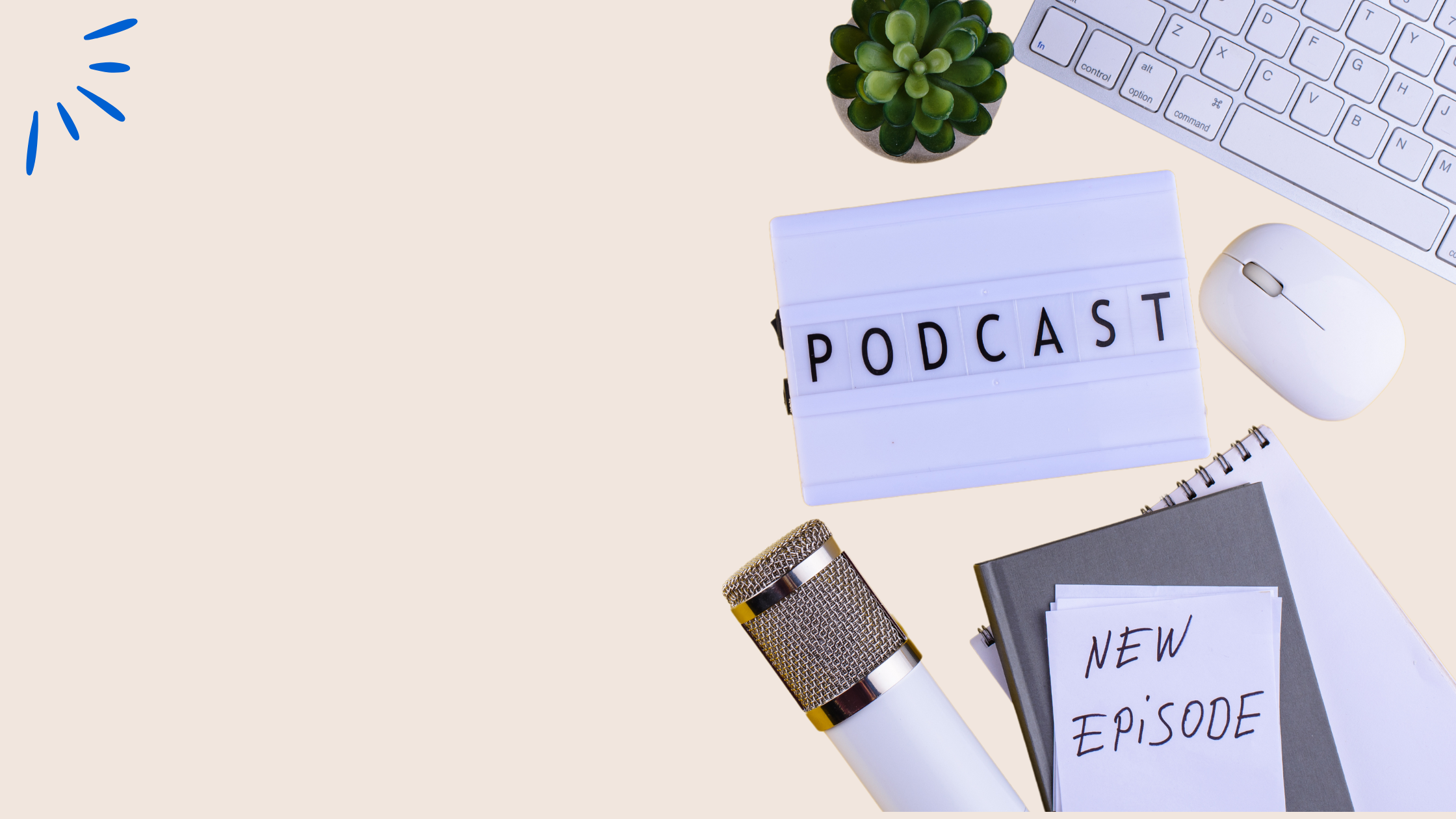7 C’s of Paralegal Communication Skills
Communication skills are important if you want to have a successful paralegal career. A paralegal’s day is filled with drafting motions, writing summaries, discussing the project status with an attorney, corresponding by email, telephone calls to clients and vendors, taking notes, or writing memos – the list is endless. Let’s look at 7 C’s to help advance your paralegal communication skills.
Learning to communicate your point clearly is about more than just learning how to write grammatically correct sentences. Say, for example, that you want to convince your attorney to purchase new software that will increase the team’s efficiency on your litigation cases. How do you write a request that is compelling and persuasive? Do you know how to summarize everything that the software does, the cost analysis, and how you will roll it out to the team? Can you communicate that in such a way that convinces the attorneys and/or management that it would be a good purchase? This is something that can only be accomplished with excellent paralegal communication skills. Whether you are communicating verbally or in writing, try to make sure that every communication includes all of the following 7 C’s.
1. Clear
To be clear, try to minimize the number of ideas in each email and in each sentence within the email. Make sure that it’s easy for your reader to understand your meaning. People shouldn’t have to read between the lines and make assumptions about what you are trying to say. Ask yourself: what is your purpose in communicating with this person? If you’re not sure, then your audience won’t be sure either. Also, be clear about any attachments. Do not send the attachment without any explanation for what it is or why you have sent it. This may make both the email and the attachment look like spam. Make sure to note how large the attachment is—if it is very large, explain the size of the attachment so they know it is supposed to be that large, and it is not a potential virus.
Litigation Paralegal Boot Camp
Are you tired of being the Panic Mode Paralegal who spends your days playing whack-a-mole with last-minute rush projects because you’re waiting for someone to show you what it takes to be great litigation paralegal?
This is the only program of its kind that provides litigation paralegals with all of the tools to master litigation cases from the complaint through the trial, and everything in between.
You will be the Confident Case Strategist faster than you ever imagined possible.

2. Concise
As paralegals working with lawyers, we read briefs, demand letters, and contracts that can be quite lengthy and filled with a lot of legal jargon. It can be far too easy to start developing that writing habit in your other communications, like emails and memos. When you’re concise in your communication, you stick to the point and keep it brief.
Being conscious of time is especially important in the legal industry. Your audience doesn’t have the time to read six sentences when you could communicate your message in three. Unless the topic necessitates a very long email, keep your correspondence as short and to the point as possible. This might mean cleaning up long email chains, as well as whittling down what you need to say to the most basic points. You do not want your recipient to miss an important point because it was buried in long paragraphs. If it has to be a long email, then separate the topics with a topic title (underlined) and a call to action for each topic. Or call attention to the topics by using bullet points or a numbered list.
3. Confident
The more confident you are when you communicate, whether verbally or in writing, the more confident people will be in you. Confidence builds trust and credibility. One way to have confidence in your communication is through research and knowing your subject matter. With adequate knowledge of a subject, you’ll be more confident when communicating. Confidence is even more important in the legal profession. There may be a time when you have to communicate with your attorney about a problem on a file or a transaction. If you have thoroughly researched how the problem occurred and its potential solutions, you will be more confident in your communication.
4. Correct
Mistakes with spelling, tone, and grammar can impact how you are viewed as a professional. That’s why it’s essential to check all of your communications before you send them. Email may not seem as formal as sending a physical letter, but it is, in many ways. This means that you should not just type out the email and send it out without reading it over. This is your opportunity to catch any grammar mistakes or typos, as well as to clean up the email, make sure it is formatted in a way that is easy to read, and it only contains the most applicable points.  Don’t rely on spell-checkers: they won’t pick up words that are used incorrectly. Instead, proofread your work, and use a dictionary to look up any words that you’re unsure about. It’s easier to do a thorough proofread by printing the document and doing a line-by-line review (add in a ruler as your college professor did!). Proofread your email thoroughly, at least once, before hitting send. And proofread your subject line, too. It is the first thing the recipient will read, so it should be as spotless as the rest of your email. If you’d like to read more about email etiquette and more on paralegal communication skills, check out our blog article Paralegal Email Etiquette Tips. A great way to speed up your proofreading and to make sure your work is correct is to increase your attention to detail.
Don’t rely on spell-checkers: they won’t pick up words that are used incorrectly. Instead, proofread your work, and use a dictionary to look up any words that you’re unsure about. It’s easier to do a thorough proofread by printing the document and doing a line-by-line review (add in a ruler as your college professor did!). Proofread your email thoroughly, at least once, before hitting send. And proofread your subject line, too. It is the first thing the recipient will read, so it should be as spotless as the rest of your email. If you’d like to read more about email etiquette and more on paralegal communication skills, check out our blog article Paralegal Email Etiquette Tips. A great way to speed up your proofreading and to make sure your work is correct is to increase your attention to detail.
5. Credible
There are three important elements to being credible in your communication: integrity, competence, and sound judgment. All three elements are necessary for credibility to exist. Think of the very competent expert witness without integrity. They may be competent, but they will lose credibility without integrity. Alternatively, think about the very competent expert witness without sound judgment. They frequently change their minds and their opinions last minute. This also loses credibility. Methods to increase credibility include:
- Building a reputation for truthful and ethical behavior
- Doing what you say you will
- Meeting deadlines
- If you make a mistake, be truthful about it
- Avoiding snap judgments
- Don’t be afraid to admit you don’t know the answer (then add “but I’ll look into it and get back to you with the answer!”)
6. Complete
In a complete message, the audience has everything they need to be informed and, if applicable, to be able to take action. It can be difficult to balance complete with concise. Concise does not mean that you leave out information. The message still has to be complete. Remember that if you include all 7 C’s, you are sending a written communication that is concise and complete at the same time.
- Does your message include a “call to action,” so that your audience clearly knows what you want them to do?
- Have you included all the relevant information – contact names, dates, times, locations, and so on?
7. Courteous
Courteous communication is friendly, open, and honest. There are no hidden insults or passive-aggressive tones. Email is sometimes viewed as an informal method of communication. Don’t fall into the trap of letting your emotions write the email for you. If you are angry or upset about the subject of the email, type it out, save it as a draft, and come back to it the next day. This also applies to how you respond to someone else’s “less than courteous” email. In other words, just because someone else doesn’t know how to be courteous in an email doesn’t mean that your response shouldn’t be courteous.
Final Tips on Paralegal Communication Skills
The key to advancing your paralegal communication skills is to get into the practice of looking at each piece of written communication and asking yourself if the communication follows all seven C’s. Whether it is a 2-sentence email or a 3-page letter – review it and ask yourself if all seven C’s have been checked. Finally, I would like to pass along some of the best advice I received early in my career from a lawyer I worked with. He said, “don’t ever put something in an email that you wouldn’t want to see on the front page of the local newspaper, because it may end up there.” Some great advice, especially given the cybersecurity and computer hacking that we see every day in the news.
Meet the Author

Ann Pearson is the Founder of the Paralegal Boot Camp, and host of the Paralegals on Fire! Podcast Show, and passionate about promoting the paralegal profession.
Ann spent 20 years working as a paralegal manager and a litigation paralegal before opening the Paralegal Boot Camp in 2010.
Ann’s training programs focus on adding immediate value to a paralegal’s career and bridging the gap between what a paralegal learns in school and what they actually do on the job.
Visit the About Us Page to learn more about why Ann started the Paralegal Boot Camp.

























